
Projects
Hessian scientists of various disciplines are using High Performance Computers for their research.

Hessian scientists of various disciplines are using High Performance Computers for their research.
Displaying 1 - 16 of 16
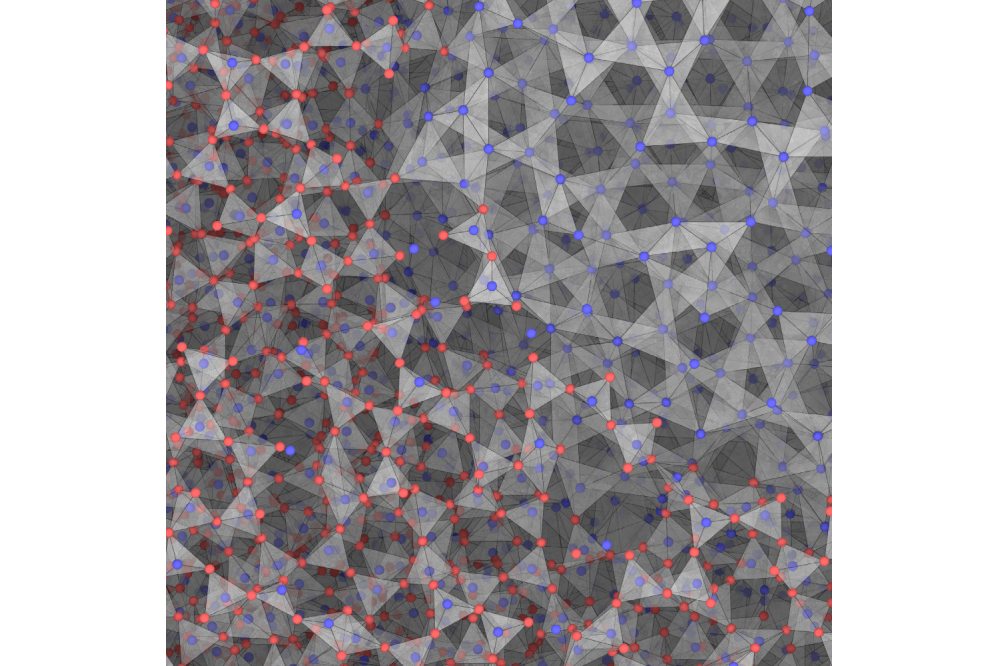
Nowadays, atomistic simulations are becoming more and more important. Due to the increasing availability of ...
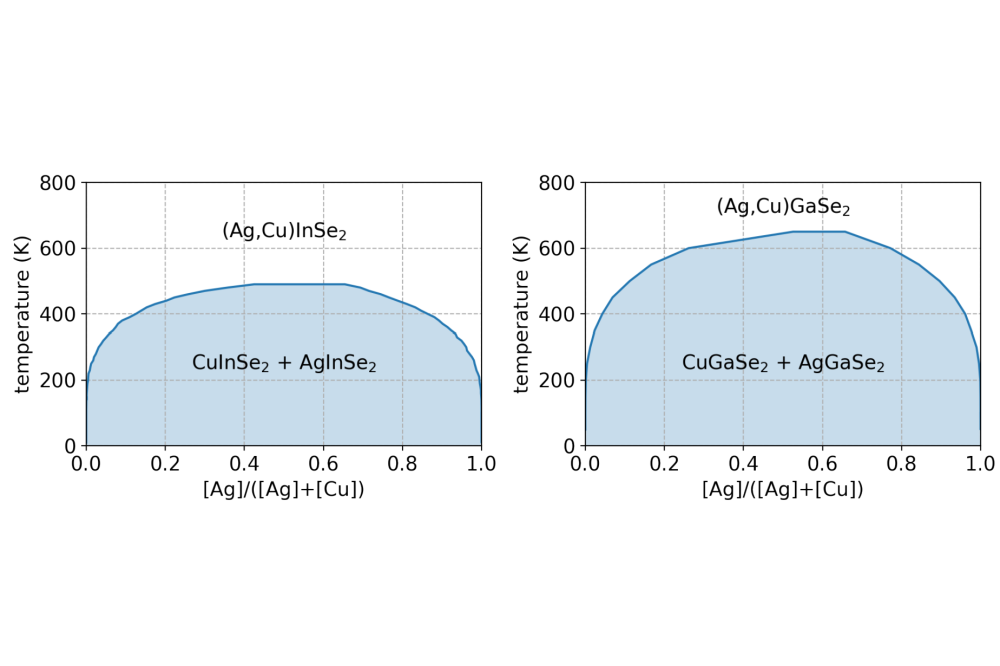
The compound semiconductor system Cu(In, Ga)(S, Se)2 (short: CIGS) forms the basis for the currently most efficient thin ...
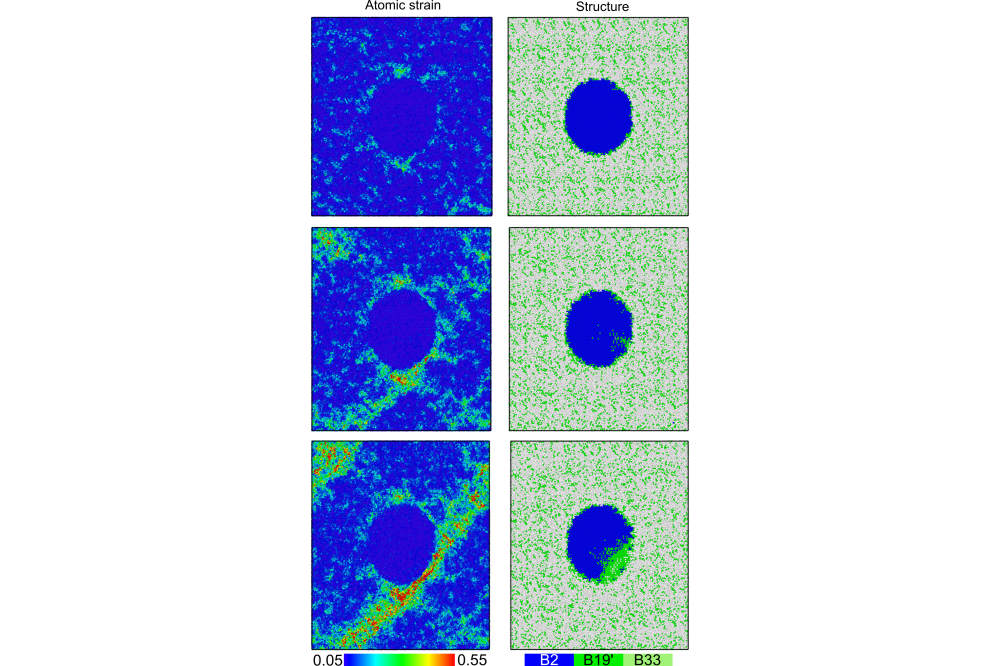
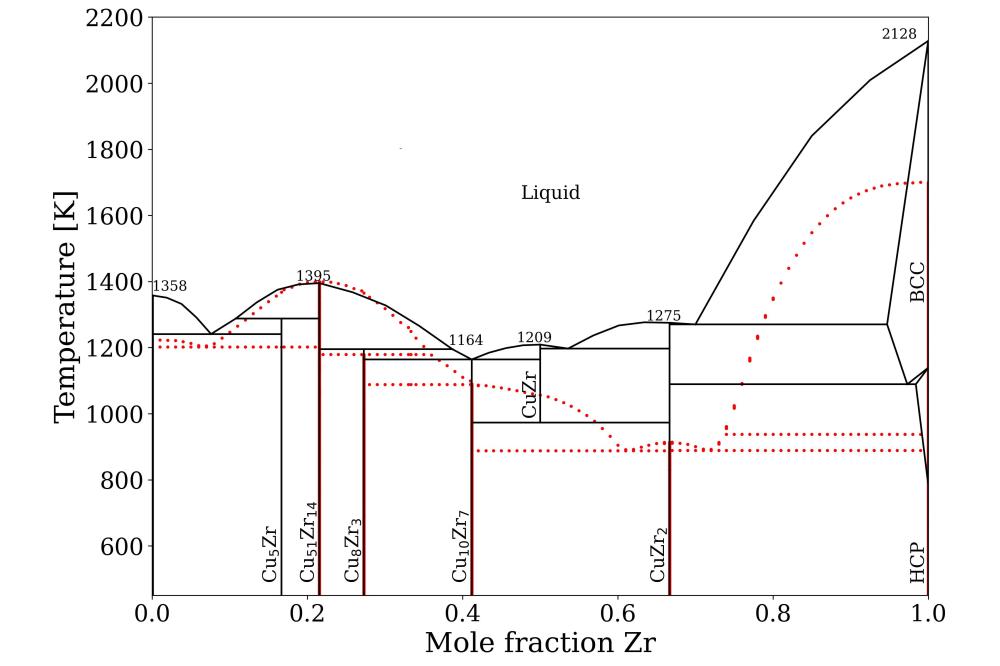
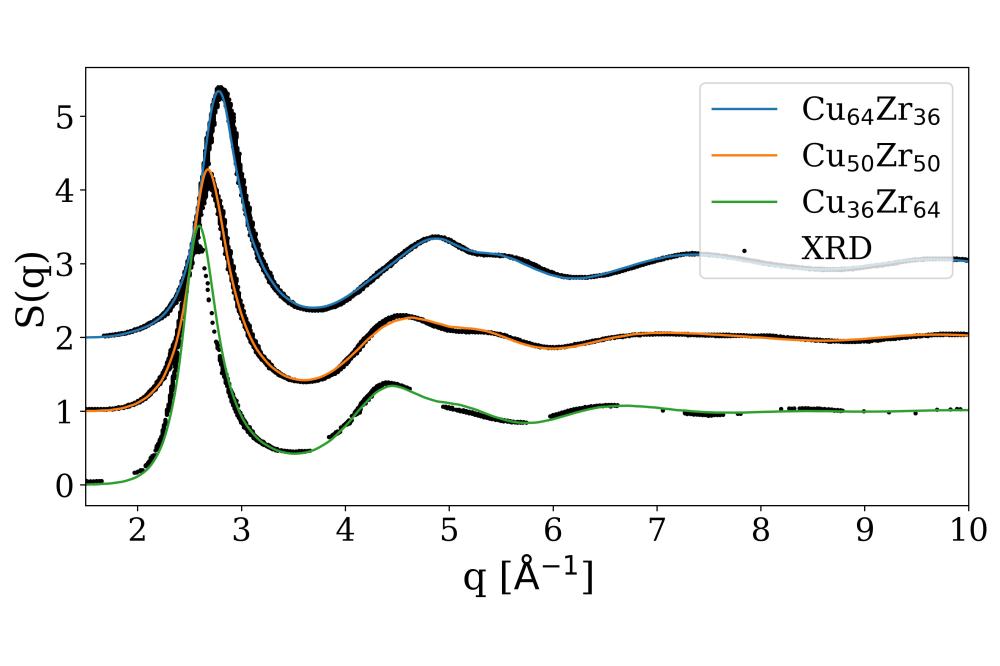
Metallic glasses (MGs) can be produced by quickly quenching alloy melts. They typically show a higher elastic limit and ...
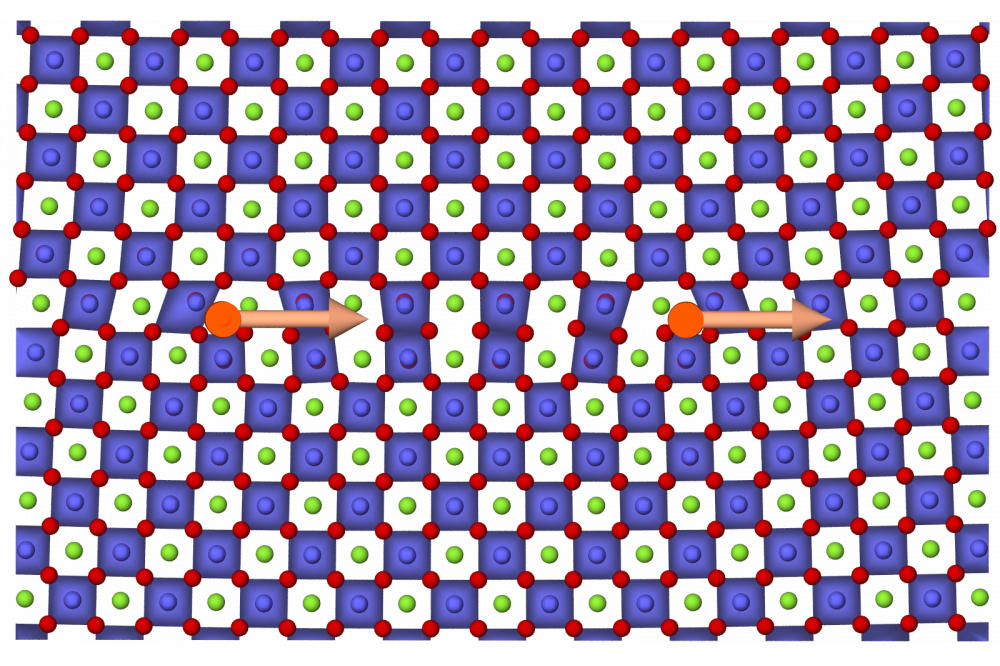
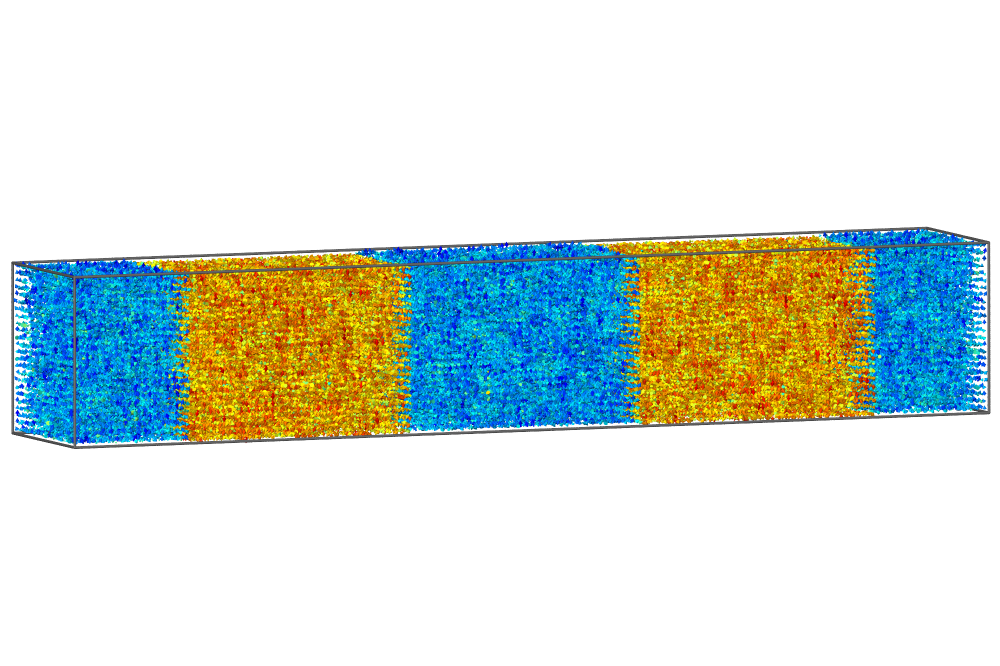
Ferroelectric ceramics with perovskite structure can be used in novel cooling applications based on the electrocaloric ...
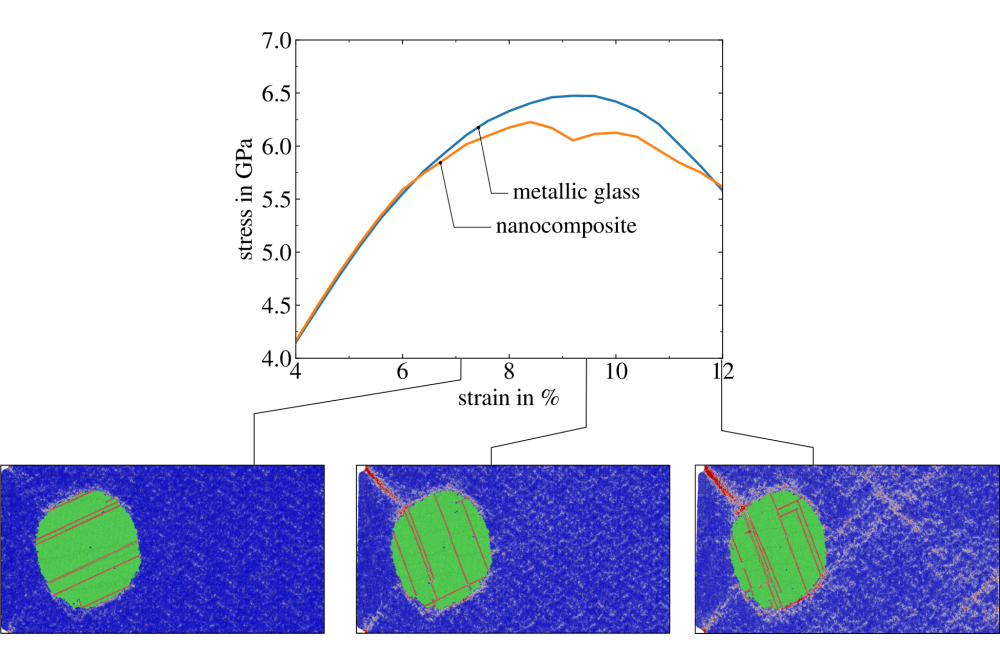
Since their invention in the 1960s, metallic glasses (MGs) gained great attention due to their high strength and elastic ...
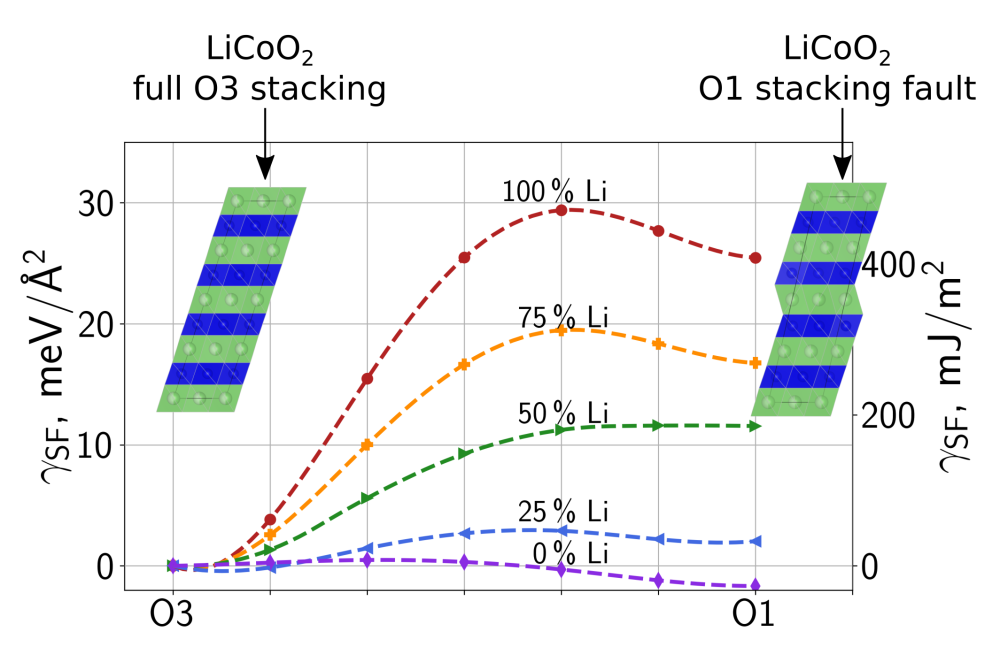
Layered transition metal oxides are employed as cathode materials in high-voltage, rechargeable lithium ion batteries ...
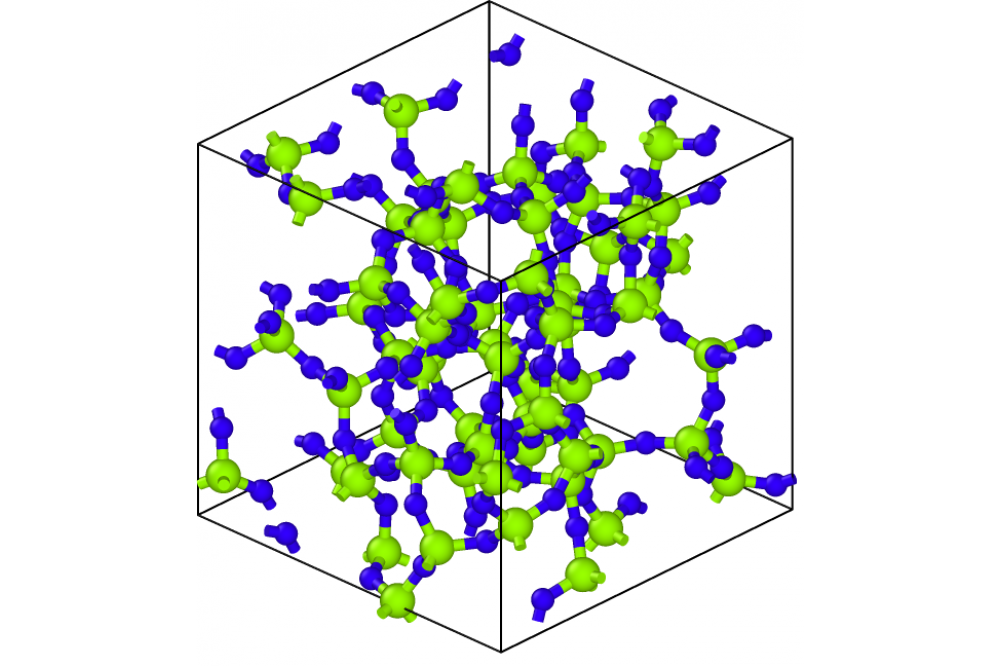
For the understanding of materials it is often necessary to analyse them on the atomic scale. Molecular dynamics is a ...
Holding unique characteristics, such as a high strength and large elastic limit, metallic glasses are advanced materials ...
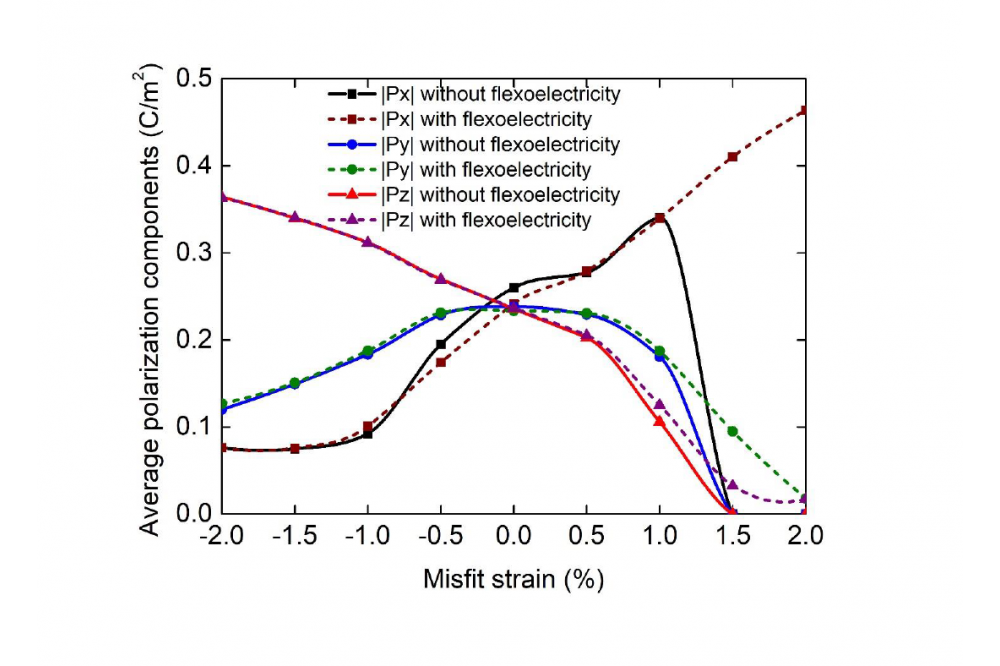
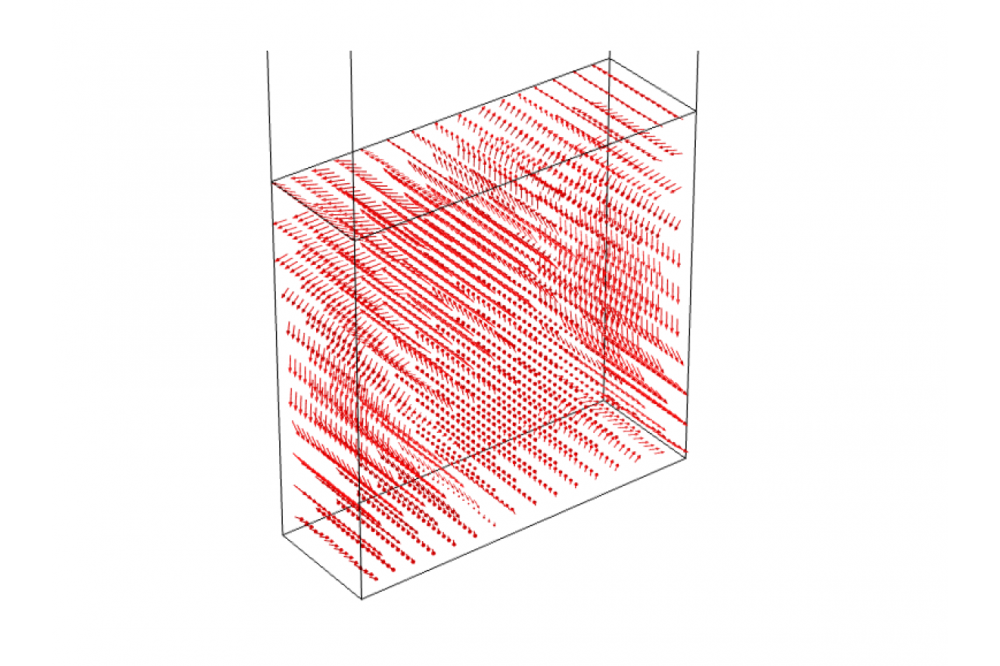
Thin films of lead zirconate-titanate (PZT) belong to the most widely used ferroelectric materials. They possess large ...
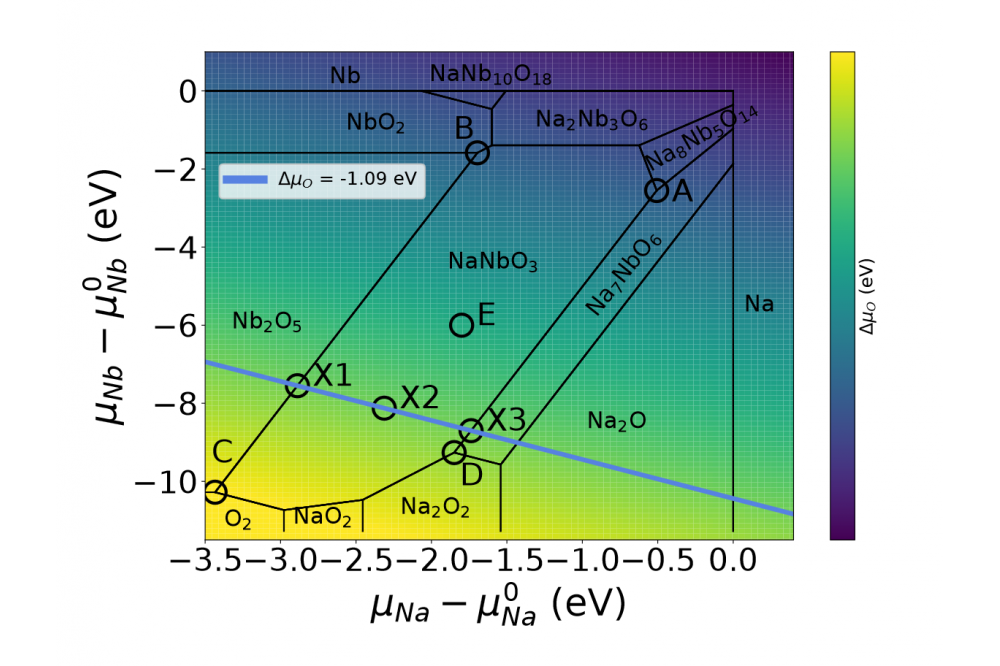

Dielectric capacitors are considered to be promising candidates for energy storage applications in high power ...
In Cu(In,Ga)(S,Se)2 (CIGS) thin-film solar cells, Ga gradient forms readily during the CIGS growth resulting to a high ...
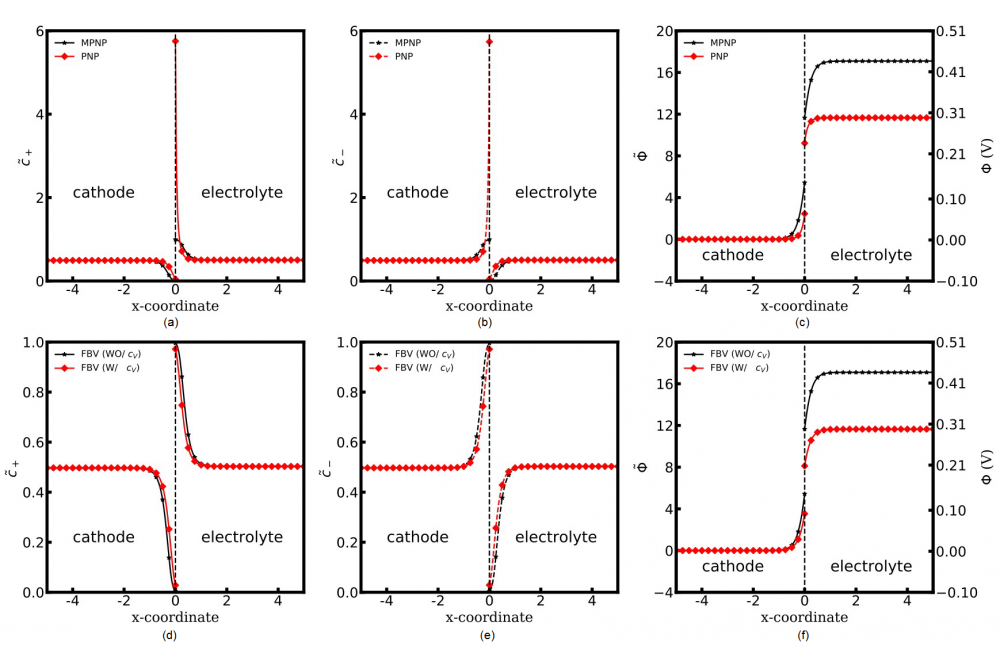
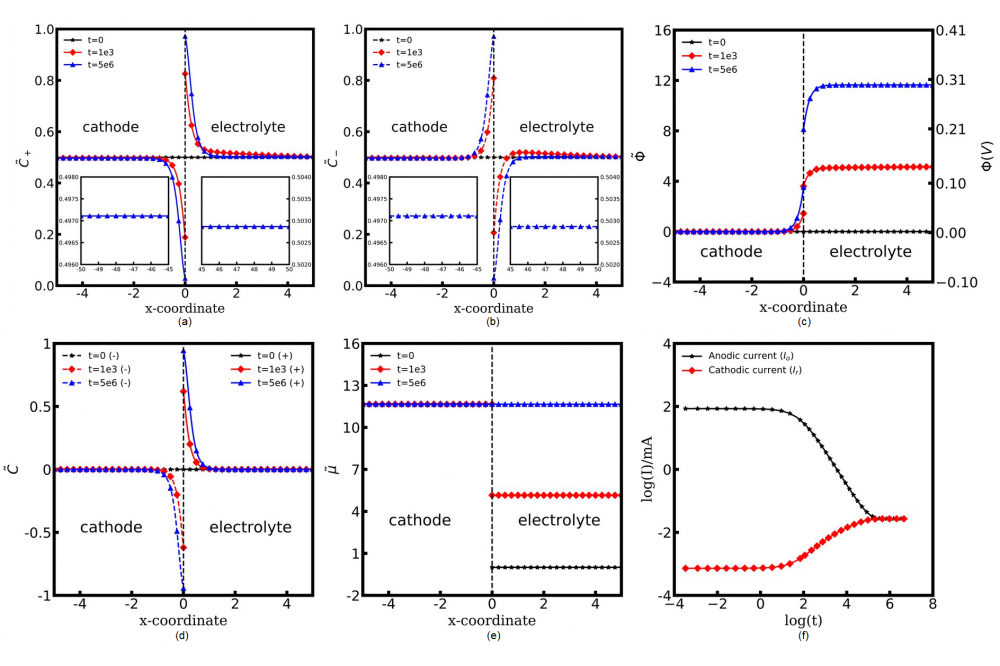
The solid-solid interface is a critical obstacle to limit the performance of all-solid-state lithium-ion thin film ...
NASICON, short for Na+ Superionic Conductor, is a group of materials with the composition Na1+xZr2SixP3-xO12 with 0 < x ...
In need for alternatives to conventional cooling devices, the magnetocaloric effect (MCE) is one of the most promising ...
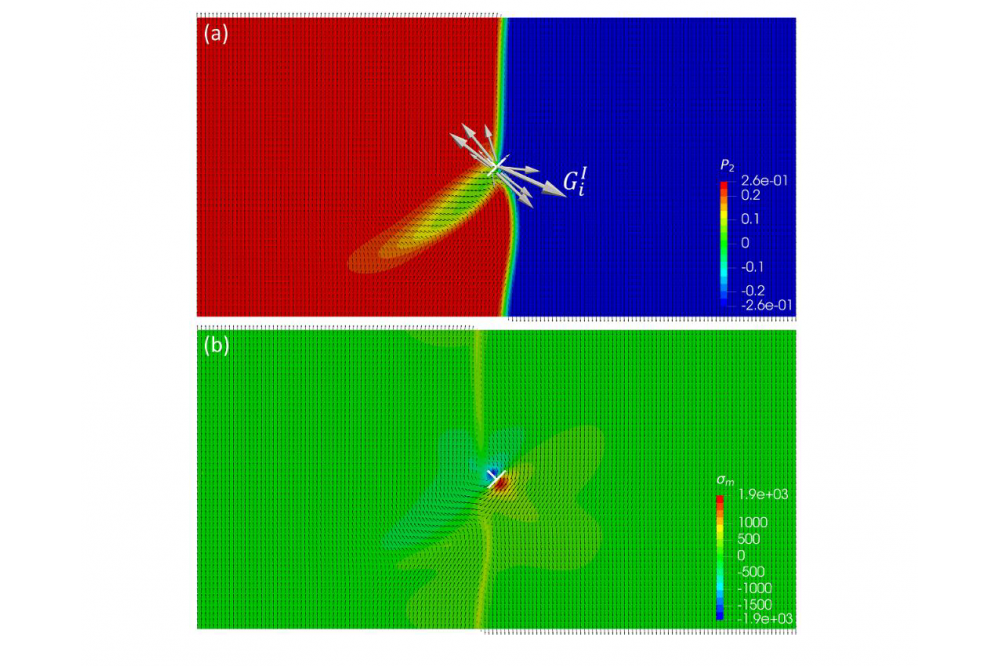
The electromechanical coupling properties of ferroelectric materials are widely studied and used to design macro and ...
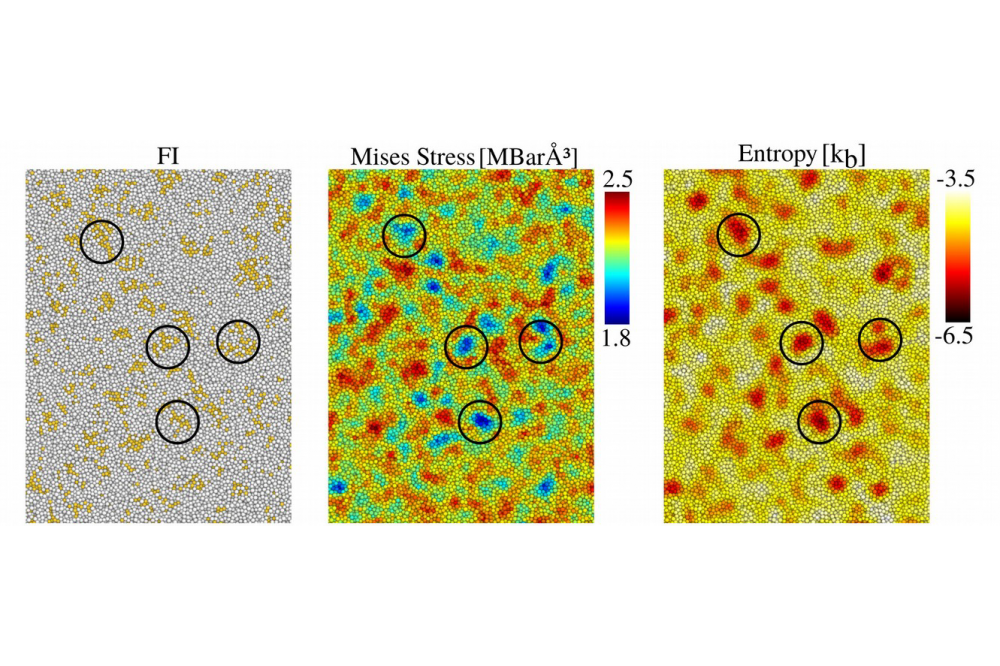
The current limits of metallic glasses are tied to their brittle behavior at room temperature [1]. To overcome brittle ...



